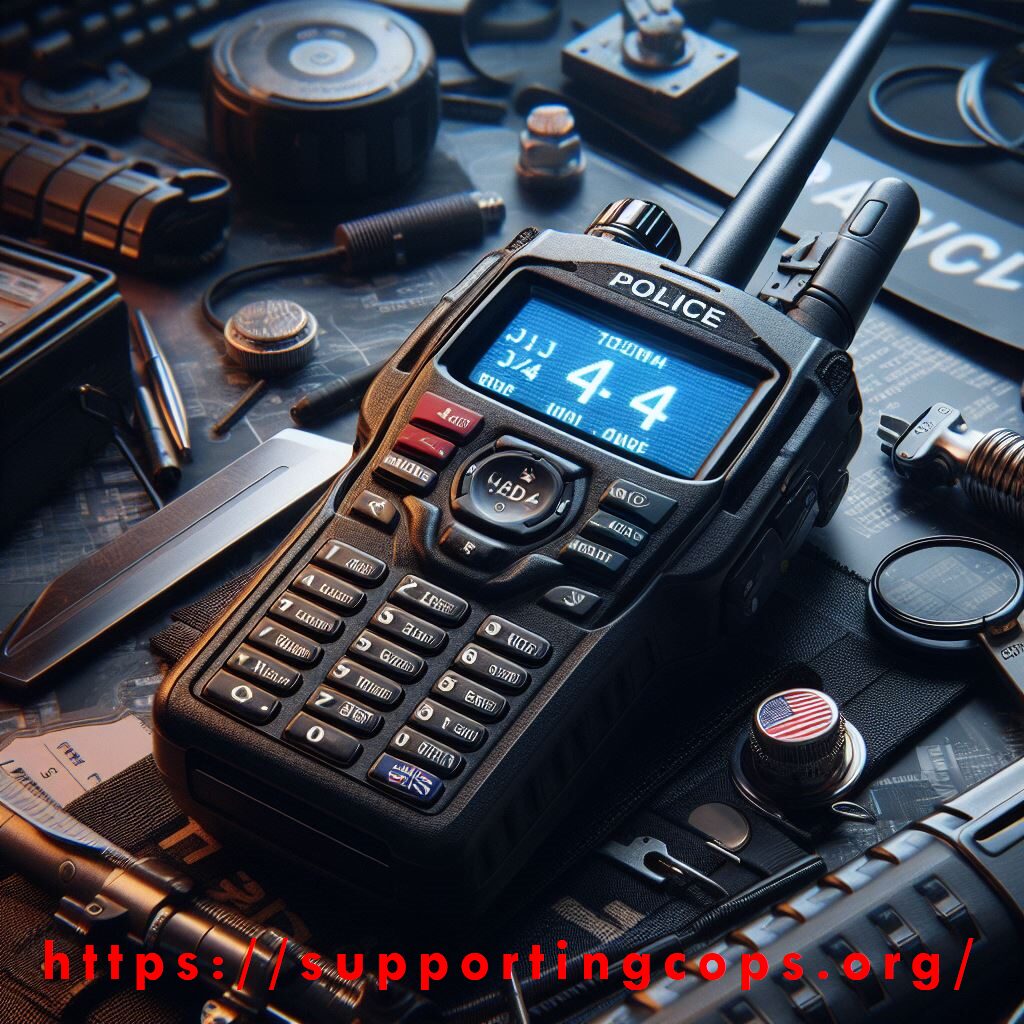What is a J4 Police Code?
A Brief History of Police Codes
The Origins of Coded Communication in Policing
The use of codes in law enforcement communication dates back to the early days of policing when telegraphs were the primary means of communication between officers.
Standardization of Codes in the 1930s
The introduction of two-way radios in the 1930s led to the creation of standardized codes, allowing for more streamlined and effective communication between officers.
The APCO 10 Codes
In 1937, the Association of Public-Safety Communications Officials (APCO) developed the first set of codes, known as the APCO 10 Codes. Over time, these codes have evolved, with various law enforcement agencies adapting and customizing them to suit their specific needs.
Evolution and Customization of Codes
Consequently, there is no universally accepted set of codes, which can occasionally cause confusion when different agencies need to collaborate.
What is a J4 Police Code?”– Decoding the Terminology
So, what is a J4 police code? A J4 police code refers to a “fatality”. When officers communicate using the J4 code, they are indicating that there has been a death at the scene of an incident. This concise code allows them to convey crucial information quickly and effectively.
It is important to note that the specific meaning of a J4 police code may vary depending on the jurisdiction and agency using it. However, the general interpretation of a J4 code remains associated with a fatality.
The Importance of Understanding Police Codes
Enhanced Public Safety Awareness
Being able to interpret police codes can help you stay informed about what’s happening in your neighborhood or city. By listening to police scanners or monitoring apps, you can be more aware of potential safety risks and take appropriate precautions.
Improved Communication with Law Enforcement
If you find yourself in a situation where you need to communicate with law enforcement, having a basic understanding of police codes can help facilitate more efficient communication, especially in high-pressure situations.
Fostering a Sense of Community
Understanding the codes used by your local police department can give you a better appreciation for the work they do and the challenges they face. This knowledge can help bridge the gap between law enforcement and the communities they serve, fostering a sense of unity and mutual respect.
A Unique Hobby
For some people, learning and decoding police codes is an exciting and engaging pastime. There’s a certain thrill in being able to understand what’s happening behind the scenes of law enforcement operations, making it an intriguing hobby for those who enjoy solving puzzles and mysteries.
Variations in Police Codes
Differences Between Agencies
As previously mentioned, the exact meaning of a J4 police code can differ depending on the jurisdiction and agency using it. While the J4 code typically refers to a fatality, it’s crucial to understand that different law enforcement agencies might have their own unique codes and interpretations.
Researching Local Law Enforcement Code Systems
To gain a comprehensive understanding of the codes used by your local law enforcement agency, it’s a good idea to research their specific code system. Many police departments publish their codes online, while others might provide information through community outreach programs or upon request.
10 Codes vs. Plain Language
The Shift Towards Plain Language
In recent years, there has been a shift away from using traditional 10 codes in favor of plain language communication. This transition has been prompted by the need for greater interoperability between different law enforcement agencies, particularly during large-scale events or emergencies that require collaboration between multiple departments.
Reasons for the Transition
Plain language communication aims to minimize confusion and misinterpretation by using clear, concise language instead of coded phrases.
Current Usage of Codes and Plain Language
Despite this shift, many law enforcement agencies still use a combination of 10 codes and plain language in their day-to-day operations. As a result, it’s essential to familiarize yourself with both types of communication if you’re interested in understanding police radio chatter.
Conclusion
Key Takeaways
In conclusion, the question, “What is a J4 police code?” offers a captivating look into the world of law enforcement communication. A J4 code generally signifies a fatality, though variations may exist between different jurisdictions and agencies.
Appreciating the Complexity of Police Work
By understanding the history and evolution of police codes, as well as the ongoing shift towards plain language communication, you can better appreciate the challenges and complexities that law enforcement officers face in their efforts to maintain public safety.
Rewarding Nature of Understanding Codes
Whether you’re simply curious about the world of police codes or interested in pursuing this knowledge as a hobby, there’s no denying that decoding the jargon of law enforcement can be a fascinating and rewarding endeavor.







